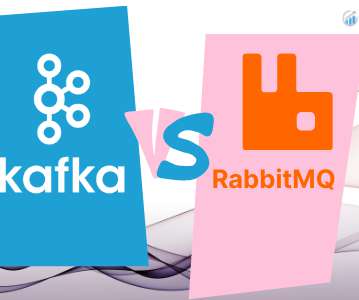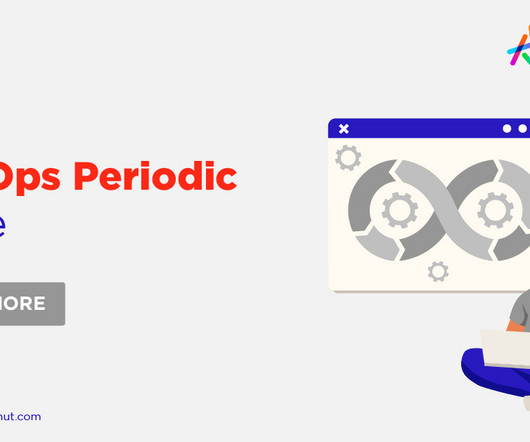Best Programming Languages for 2024
Knowledge Hut
JANUARY 2, 2024
The world of technology thrives on the foundation of programming languages. These languages, often considered the lifeblood of tech innovations, are the essence behind every app, website, software, and tech solution we engage with every day. To learn more about it you can also check Best Programming languages.












Let's personalize your content